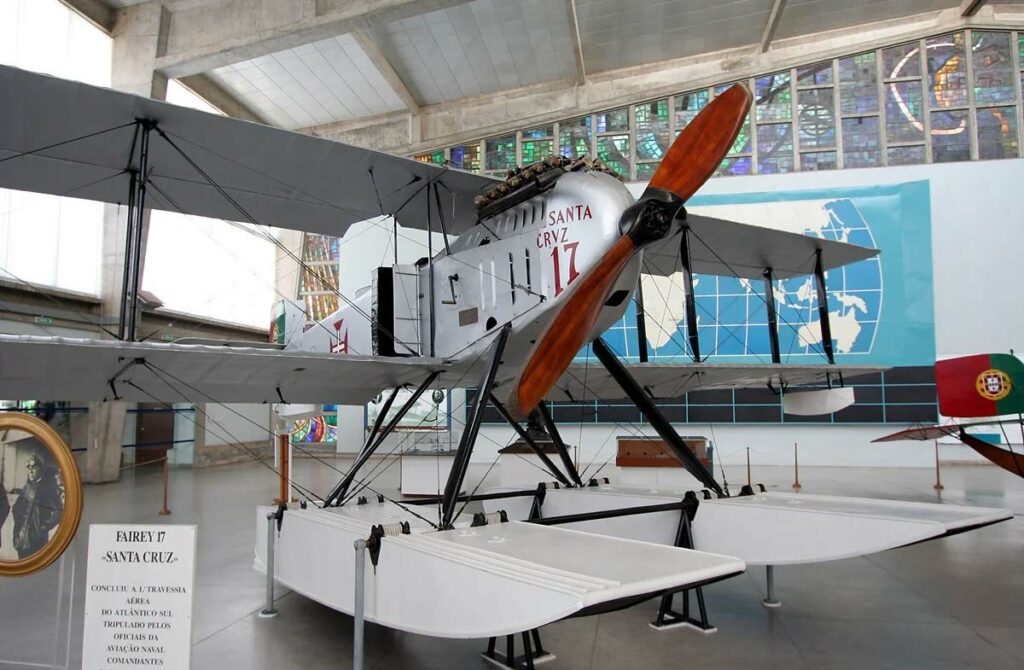Fairey IIID: Historic British reconnaissance biplane, pioneering maritime patrol duties, distinguished by long-range flight capability. The Fairey IIID was a critical aircraft in the evolution of maritime reconnaissance and patrol operations. Developed after World War I, it served the Royal Air Force (RAF) and the Fleet Air Arm with distinction, conducting operations that laid the groundwork for modern aerial maritime surveillance.
The end of World War I saw a significant shift in military strategy and technology. One such advancement was the recognition of the strategic importance of aerial reconnaissance, especially over vast oceanic expanses. The Fairey IIID was developed to meet this growing need for an aircraft capable of long-range maritime patrol and reconnaissance missions.
History of the Development of the Fairey IIID:
The Fairey IIID was conceived in an era when the British Empire required a robust naval presence to secure its global interests. Post-WWI defense strategies necessitated efficient surveillance of sea lanes and coastal areas. Fairey Aviation, led by Sir Richard Fairey, initiated the design of the IIID to address this need, building on the success of the earlier Fairey III series.
Launched by Fairey Aviation in the early 1920s, the Fairey IIID was a direct development of its predecessor, the Fairey IIIA. The program aimed to create an adaptable and long-endurance aircraft. The maiden flight took place in 1923, demonstrating the aircraft’s advanced capabilities for the time. There was no NATO nickname for this aircraft as the NATO coding system was not yet in existence.
The Fairey IIID addressed the RAF’s requirements for a versatile platform capable of undertaking a variety of tasks, from reconnaissance to light bombing. It was during this period that the concept of “aircraft carriers” began to take shape, and the IIID’s design allowed it to operate from these nascent seaborne air bases.
Design of the Fairey IIID:
The Fairey IIID was a biplane constructed with a combination of wood and metal, with fabric covering the wings and fuselage. It was powered by a single Rolls-Royce Eagle VIII engine, delivering approximately 360 horsepower, and featured a tractor propeller. The aircraft had a wingspan of 46 feet 7 inches (14.2 meters) and a length of 35 feet 6 inches (10.82 meters).
The IIID’s design allowed for a maximum payload capacity for fuel and armaments, with a focus on endurance and reliability. The inclusion of a wireless set enabled long-distance communication, essential for patrols over the open sea. One of the advantages of the Fairey IIID was its adaptability; it could be equipped with wheels or floats, making it operable from both land bases and ships. A notable drawback of the aircraft was its relatively slow speed, a common limitation of aircraft from this era.

Performance of the Fairey IIID:
The Fairey IIID’s Rolls-Royce engine propelled it to a maximum speed of 100 mph (160 km/h), with a service ceiling of 13,000 feet (3,962 meters). It had an impressive range for the time of up to 740 miles (1,192 kilometers), enabling it to patrol vast areas of sea without refueling.
When compared to other contemporary aircraft like the American Curtiss HS-2L flying boat, the IIID was not necessarily more powerful but offered greater range and versatility. This made it a valuable asset for the RAF, capable of undertaking extended reconnaissance missions that few other aircraft of the time could match.
Military Use and Combat of the Fairey IIID:
The Fairey IIID was armed with .303 inch (7.7 mm) Lewis guns and could carry a small payload of bombs for anti-submarine warfare or light attack roles. Its service with the RAF included significant milestones such as the first flight from the British mainland to Egypt and long-distance flights to Australia and South Africa, proving its long-range capabilities.
The aircraft saw no actual combat, as its service period was during the interwar years. However, it played a crucial role in the development of maritime patrol tactics. The IIID was not reported to have been sold to other countries, and its military use was predominantly within the British armed forces. It was eventually replaced by more advanced models like the Fairey Gordon.
The Fairey IIID represented a significant step forward in maritime aviation, pushing the boundaries of aerial reconnaissance and naval cooperation. Its development and service underlined the importance of air power in maritime strategy, a concept that continues to underpin modern naval operations. The legacy of the Fairey IIID is not only in the missions it flew but also in the foundation it laid for the future of long-range maritime aircraft.
Back to the Seaplanes section.